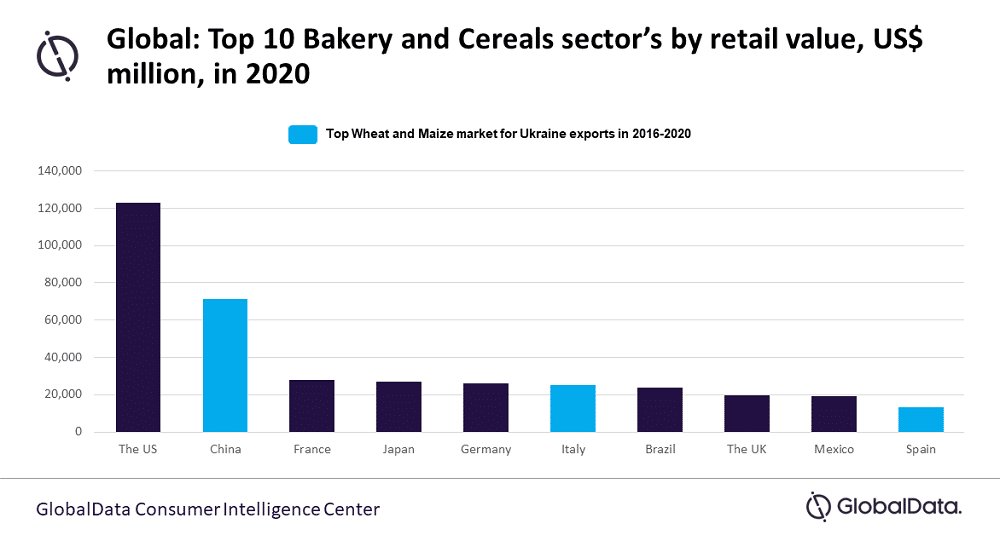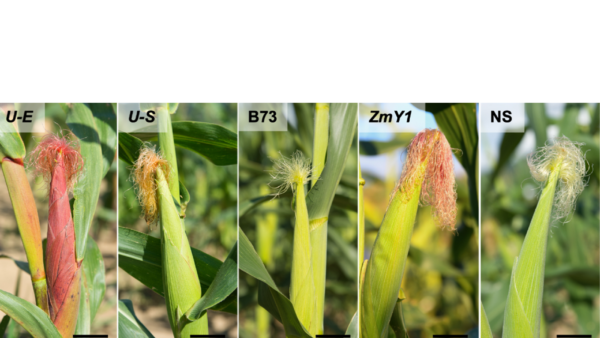The Ukraine-Russia conflict is expected to impact food sectors such as bakery and cereals severely in the coming months, notes GlobalData. The leading data and analytics company explains that prior to the conflict, the global bakery and cereal sector was forecast to grow from $625.8 billion in 2020 to $792.9 billion in 2025, representing an overall gain of $167.1 billion over the five-year period. However, given Russia and Ukraine’s positions as major grain producers, this conflict presents a major disruption to global supply and the sector’s growth.
Amira Freyer-Elgendy, Food & Drink Associate Analyst at GlobalData, comments: “Ukraine is a producer of wheat, maize, barley, rye, potatoes, and buckwheat and together with Russia, it supplies a sizeable chunk of the global wheat market. China, Italy and Spain, which are key markets for the global bakery and cereal, are some of the country’s top export destinations and so the global landscape of the segment may dramatically shift. Regions in MENA will be especially hard hit and are likely feel the impact of price rises the most.”
The categories that these price hikes will affect the most are morning goods, bread and rolls, and dough products, such as pizza bases and pastry shells, both in foodservice and retail. These products are considered everyday essentials and the associated costs of finding new suppliers or in managing the slowly draining resource will likely be offloaded onto the consumer by increasing prices. Affected countries may be able to offer subsidies and have rations that will be a buffer, but ultimately higher costs will add further pressure to the 59% of shoppers who are extremely or quite concerned about their personal finances*.
Freyer-Elgendy continues: “Russia’s invasion of Ukraine, and its own high export tax as the world’s largest exporter of wheat, threatens the sector. The repercussions of this are going to be varied: from social unrest and food insecurity to rising demand for exported wheat or maize in other regions and, of course, the massive hike in prices that we are already seeing.”
Australia has emerged as a potential supplier to the Middle East, due to seeing an especially bountiful harvest this year after a year of above-average rainfall. However, small independents may struggle as they do not have the economy of scale to keep up with the cost to switch over to a new supplier.
Freyer-Elgendy concludes: “The timing is unfortunate, coming off the back of the pandemic-fuelled supply chain issues, poor wheat harvests in Russia and price hikes. With COVID-19 and the Russian conflict causing key issues for international shipments, a push for local products is expected. Many governments may look to invest in their local production to reduce reliance on the global market in the long-term or enter new trade agreements with countries that produce alternative grains such as corn. However, this will do little to resolve the immediate shortages.”
*GlobalData 2021 Q4 global consumer survey, sample size of 21,000 respondents
Source: GlobalData













